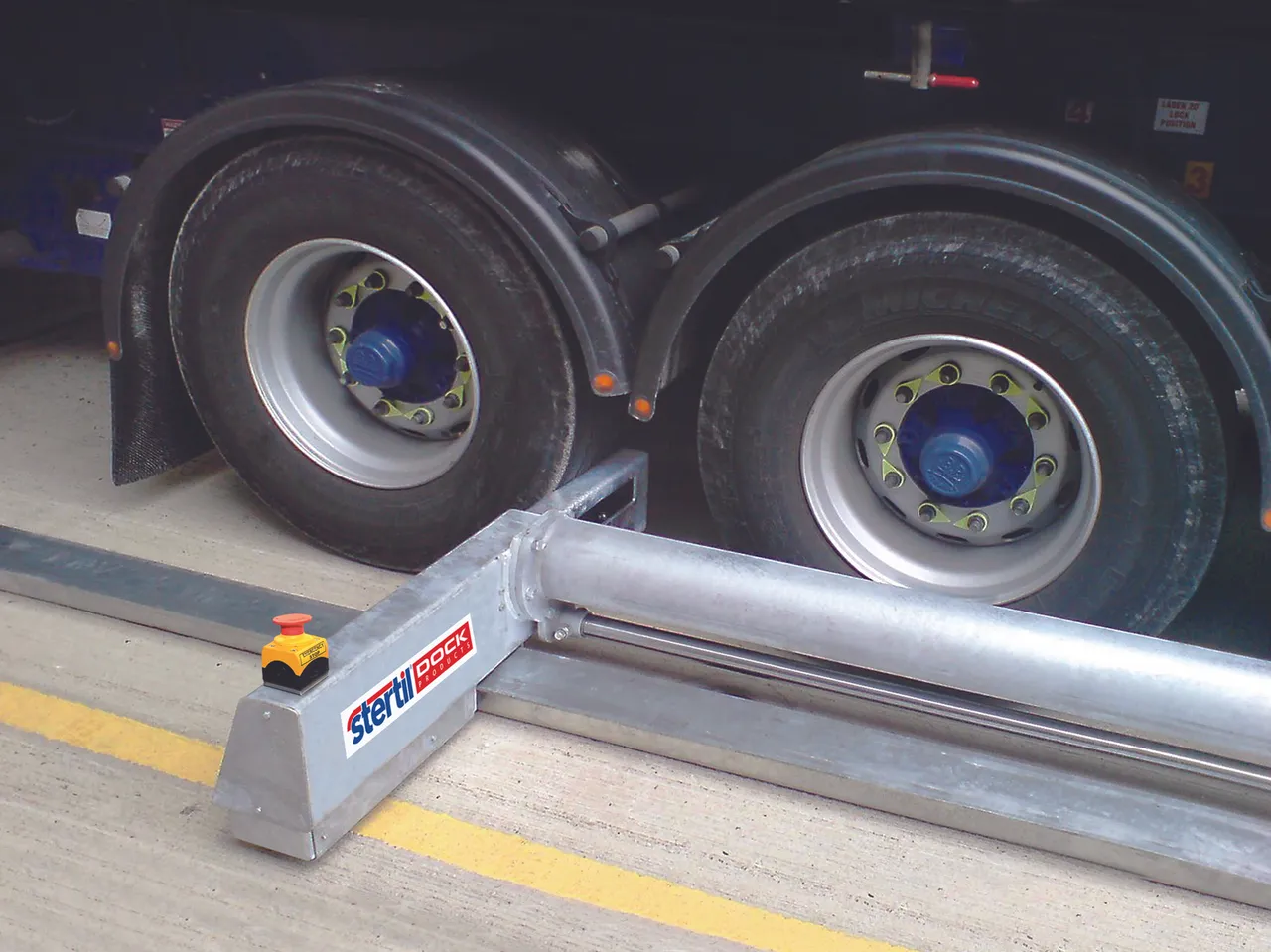
Implementing vehicle restraint systems in the UK has become increasingly vital for industries relying on transportation and logistics. These systems are designed to prevent accidents by securing vehicles during loading and unloading operations. Here’s a comprehensive look at why these systems are not just beneficial but essential for maintaining safety and enhancing operational efficiency.
Enhanced Safety at Loading Docks
Safety at loading docks can be significantly enhanced by implementing robust vehicle restraint systems UK. These systems prevent the accidental movement of vehicles during loading and unloading, which is crucial for protecting workers and cargo. Accidents at loading docks are not uncommon and can lead to severe injuries or fatalities; therefore, improving safety through effective restraint systems can lead to a safer working environment.
Compliance with Health and Safety Regulations
UK Safety Standards
In the UK, adhering to health and safety regulations is mandatory for businesses involved in logistics and transportation. Vehicle restraint systems help ensure compliance with these regulations, reducing the risk of legal consequences and penalties. By meeting safety standards, companies not only protect their employees but also demonstrate their commitment to operational excellence.
International Best Practices
Adopting international best practices in vehicle safety can set a benchmark for local and international operations. Implementing advanced vehicle restraint systems aligns with global safety standards, promoting a culture of safety and diligence that transcends borders.
Reduction in Accidents and Associated Costs
Decrease in Workplace Accidents
The primary benefit of vehicle restraint systems is the significant reduction in workplace accidents. By securely locking vehicles in place, the risk of unintentional truck movement and the potential accidents caused by such movements are minimized.
Lower Insurance Premiums
Businesses with lower accident rates can benefit from reduced insurance premiums. Insurance companies often provide better rates to companies that invest in effective safety measures, recognizing the reduced risk of claims associated with accidents.
Increased Efficiency and Productivity
Streamlined Loading and Unloading Processes
Vehicle restraint systems can speed up the loading and unloading process by allowing for quicker docking and release times. This efficiency boost not only saves time but also increases the overall throughput of cargo operations, enabling businesses to handle more loads in less time.
Improved Worker Morale and Retention
Employees who feel safe at work are more likely to be satisfied with their jobs and remain with a company longer. Implementing effective safety measures such as vehicle restraint systems can improve worker morale and reduce turnover rates.
Sustainability and Environmental Responsibility
Energy-Efficient Operations
Some modern vehicle restraint systems are designed to operate with minimal energy consumption, contributing to a company’s sustainability goals. Additionally, by preventing accidents and reducing idle time during loading and unloading, these systems can help decrease the overall carbon footprint of logistics operations.
Support for Corporate Social Responsibility
Adopting vehicle restraint systems that contribute to safety and sustainability can enhance a company’s reputation in corporate social responsibility. This alignment with environmental and social governance criteria can attract investors and customers who value ethical and responsible business practices.
Future-Proofing the Business
Adaptability to Technological Advancements
The logistics and transportation industry is continually evolving, and staying ahead requires adaptability to new technologies. Modern vehicle restraint systems are often designed to be upgraded or integrated with future technologies, ensuring that businesses remain competitive and compliant with upcoming safety innovations.
Long-Term Investment in Safety
Investing in high-quality vehicle restraint systems should be seen as a long-term investment. While the upfront cost might be significant, the long-term savings from reduced accidents, lower insurance costs, and improved efficiency can far outweigh the initial expenditure.
Conclusion
The benefits of implementing vehicle restraint systems in the UK are clear and compelling. From enhanced safety and compliance with regulations to increased operational efficiency and a stronger commitment to sustainability, these systems provide a comprehensive range of advantages. For businesses in logistics and transportation, investing in reliable vehicle restraint systems is not just a regulatory necessity but a strategic asset that safeguards employees, boosts productivity, and supports sustainable practices.